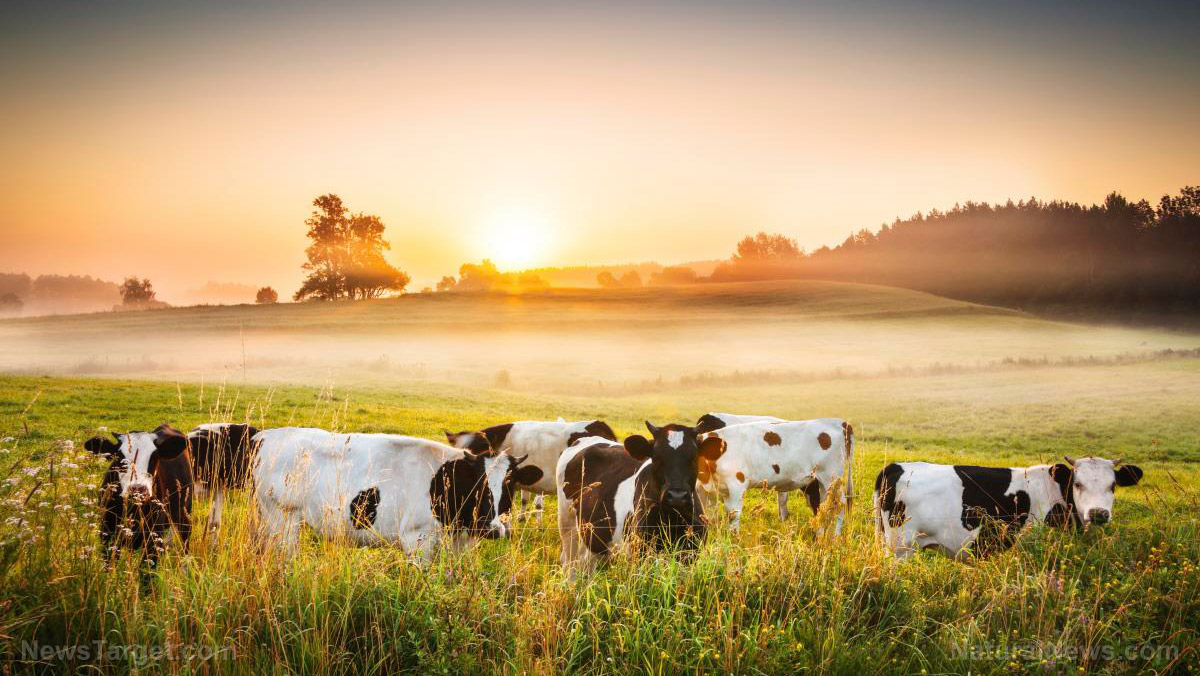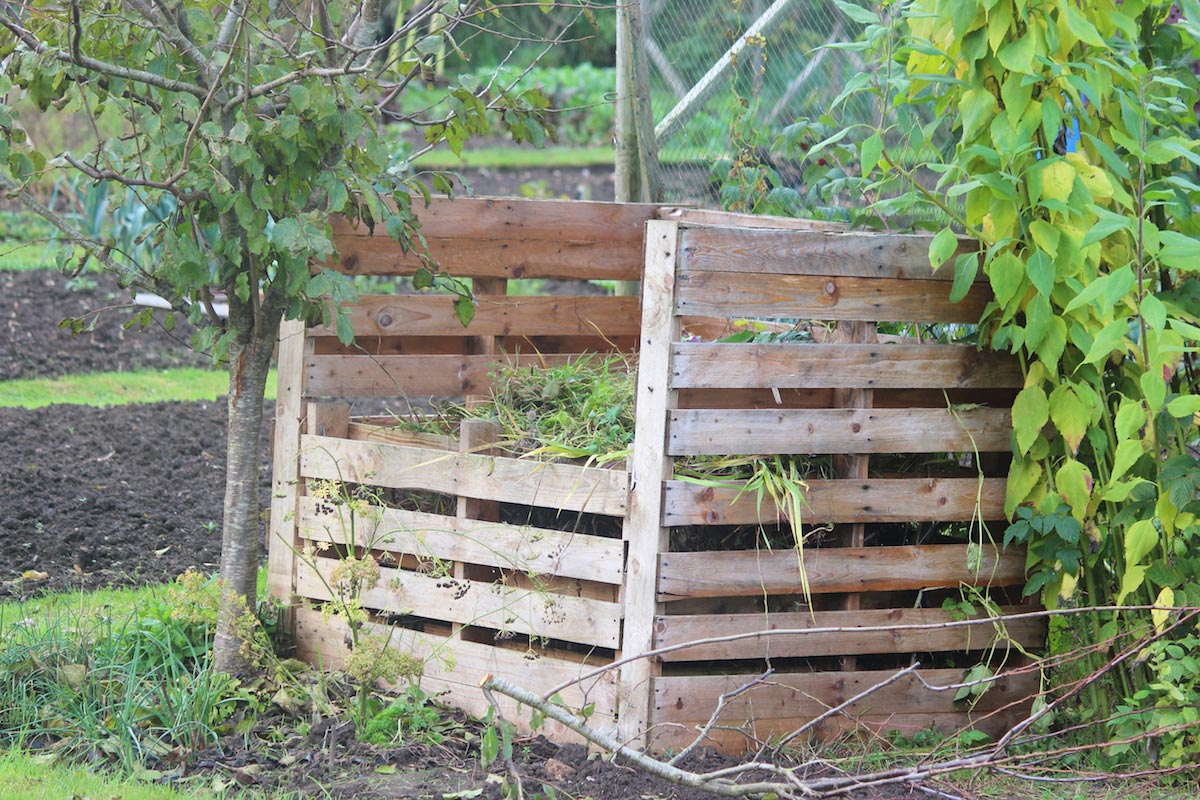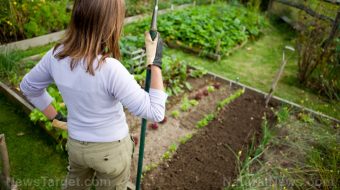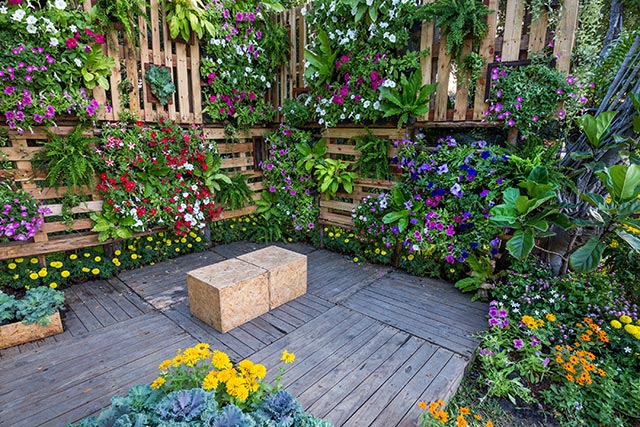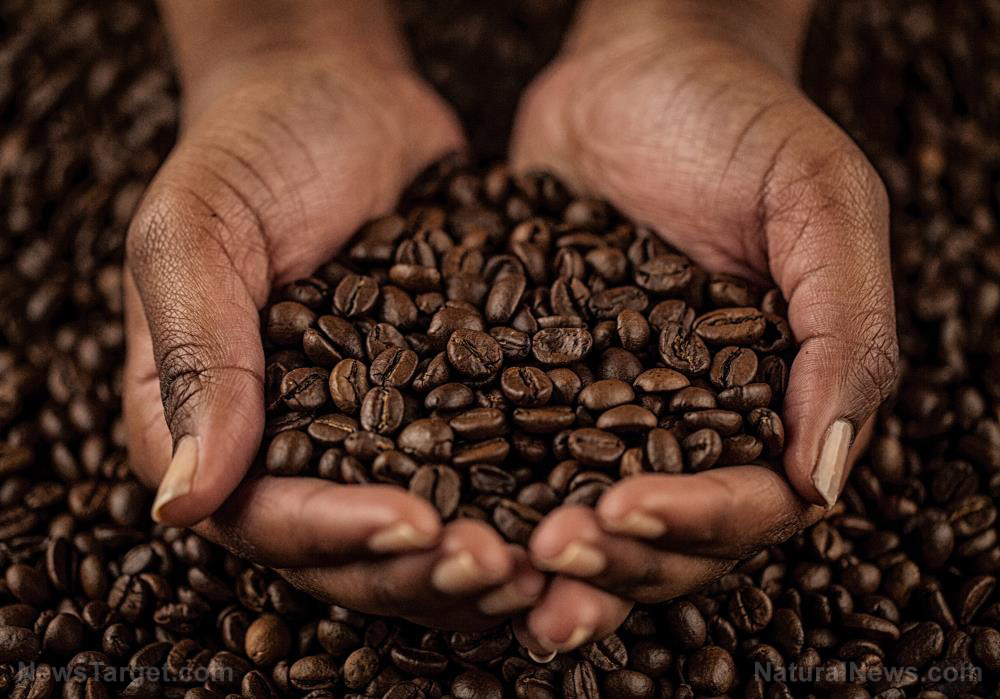
Some gardeners may think that it's not worth it to keep composting as winter comes around, but maintaining your composting efforts even during the cold months is key if you want fertile soil and healthy crops the next year. (h/t to OldWorldGardenFarms.com)
Don't let the cold deter you from composting. Once you figure out what you need to do, it's easier to keep your compost pile going late into the winter months.
You can also take the time to save and store additional ingredients to improve next spring’s compost pile.
You can never have enough compost. By keeping your composting efforts going throughout winter, your plants and soil will be healthier next year. (Related: Home gardening tips: A beginner’s guide to composting.)
Winter composting tips
Follow the simple tips below to keep your compost pile going during winter.
How to keep a compost pile working longer
First, don’t give up on your compost pile too early in winter. As organic matter decomposes, it naturally generates heat. And this is key to keeping your compost pile active even after the thermometer begins to drop below freezing as cold weather starts.
You can also keep your compost pile warm by adding a layer of extra insulation on top. This helps keep heat in.
Place a 12- to 18-inch blanket of straw or shredded grass clippings on top of your compost pile. Doing this can help prevent the pile from freezing over by several weeks or even months.
To improve this layer of insulation, cover the insulating layer of straw with a heavy-duty black tarp. The plastic tarp will protect your winter compost from snow, ice and rain.
The tarp will also keep the moisture in the pile from drying out too quickly.
A black tarp is ideal because black absorbs heat. And whatever winter rays the sun provides, the black tarp will help heat up the pile underneath more.
You should also make sure that the pile is large enough to retain heat for as long as possible.
A compost pile should be at least three feet in length and three feet in width to generate enough heat for decomposition. A small pile won't be able to hold enough heat to keep it from freezing, even on slightly cold nights.
Choose the best winter location for your compost pile
The winter location of your compost pile is also key to its success. During winter, sunlight is crucial to generating enough heat for a compost pile, even if it's filtered sunlight on a cloudy day.
Unless your compost pile is in bins, it can be difficult to move around during winter. This is why it's important to select the best spot if you're planning to keep a compost pile going in winter.
If you have a compost bin, locate the front of the bin and make it face a southern-facing location. This is one of the best ways to help heat the pile naturally during winter.
Feed and turn your pile properly
To keep a pile going as long as possible, you need to feed it and turn it. Without new materials to heat up the pile, it will quickly slow down its heating capacity.
Prevent this by adding as many fresh vegetable scraps, coffee grounds and eggshells as possible.
If you have chickens or rabbits, you can also add their "hot" manure. These things are considered "greens" in a compost pile and will help increase heat and decomposition.
Make sure you chop up kitchen scraps as finely as possible. The smaller the compost pieces, the faster they will decompose and generate heat.
You can also add bread, crackers or pasta to compost.
Don't add dairy, meat, seafood, oil, grease and lard to your compost.
During summer, most gardeners will just throw their scraps on top of the pile. But in winter, you should dig additional scraps into the middle of the pile. This gives the fresh green material a better chance to heat up. Digging also adds oxygen to the core, which is crucial for your compost pile's success.
Digging fresh materials in throughout winter also protects the pile from wild animals looking for food. After digging, put the insulation layer and tarp back in place.
Lastly, turn the pile often. Turning the pile several times every week and continuing to add kitchen scraps adds both oxygen and fuel to the mix.
If you don't feed and turn your compost pile regularly in the winter, it will freeze much faster from the outside in. The cold materials at the edge of the pile won't get enough heat to compete with the cold air temperature.
But if you regularly turn the pile and add scraps to the middle, you help keep the heat distributed for as long as possible.
Despite your best efforts, even the most closely-guarded pile will eventually freeze as the weather gets colder and this is normal.
If this happens to your pile, don't stop your composting efforts. While the pile is frozen, you can continue to save compost materials through the coldest part of the winter months.
When the weather is warm again, you can use up all the materials you saved during winter. Store the material in five-gallon buckets with sealed lids while waiting for warm weather.
Save compost pile materials like coffee grounds and eggshells. Store both the coffee grounds and eggshells in large freezer bags in your freezer, then add to them as you save up more of the materials.
Crush or pulverize the eggshells before adding them to save space in the bag. The freezer will keep both materials from molding.
When spring comes around, add the eggshells and coffee grounds to your compost pile with the rest of the materials in the buckets.
Keep adding to your compost pile during winter so you can boost garden soil quality and grow strong, healthy plants in spring.
Visit HomeGardeningNews.com for more tips on how to maintain a thriving home garden.
Watch the video below to find out why you need coffee grounds in your garden.
This video is from the Frozen In Time channel on Brighteon.com.
More related stories:
Home gardening basics: How to remove worms from your compost pile.
Home gardening basics: Why you should start making DIY fertilizer for your garden.
Home gardening tips: How to grow flowers and vegetables in bucket planters.
Sources include:
Please contact us for more information.








